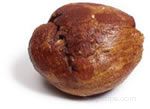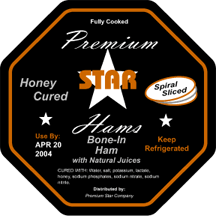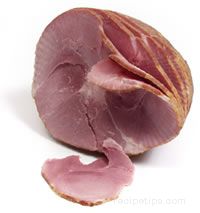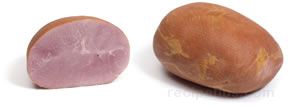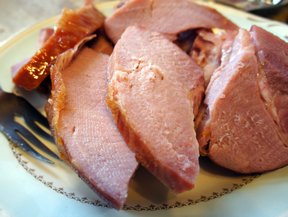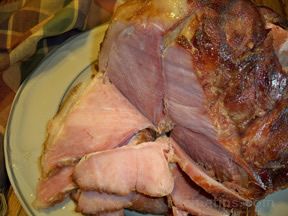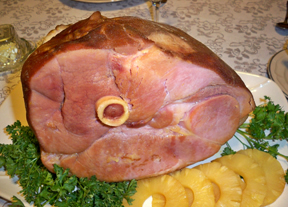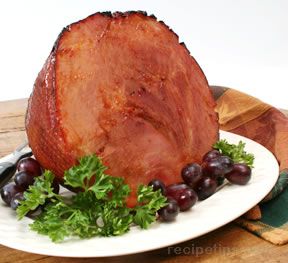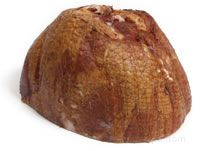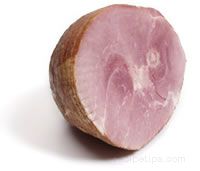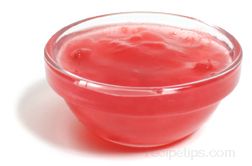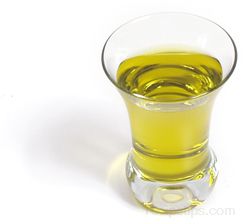|
Ham contains a high level of some of the essential B vitamins, such as B1, B12, and niacin. It is also rich in other nutrients, such as phosphorous, zinc, potassium, iron and magnesium, which are important to our daily diet. Our bodies require a certain amount of protein daily and the body does not store protein so we need to replenish it each day. A 3-ounce portion of ham provides approximately 30% to 50% of our daily requirement for protein, depending on the type of ham. Ham is high in sodium due to the curing process. It can contain half of the daily-recommended intake for sodium. When planning a menu that includes ham, you should add items that are low in sodium to try to keep your total sodium intake down. Our bodies also require fat in our diet, which allows our bodies to absorb vitamins that are fat-soluble and gives us energy. But, too much fat is not healthy and will increase our cholesterol levels. Ham is naturally low in fat but its outer surface will generally have a layer of fat that adds flavor and juiciness to the meat as it cooks. The fat should be trimmed off before serving. Shown below is a chart containing a general comparison of calories, fat,
protein, and cholesterol content between ham and other meats. The content
levels will vary depending on the type of ham product, how it was cured,
and the amount of water added. Nutrition Chart - Cured Ham versus
Other Meats
|
Loading
Ham Nutritional Facts


Provided By
RecipeTips
RecipeTips

Loading
There currently aren't any reviews or comments for this article. Be the first!
Advertisement
Advertisement




